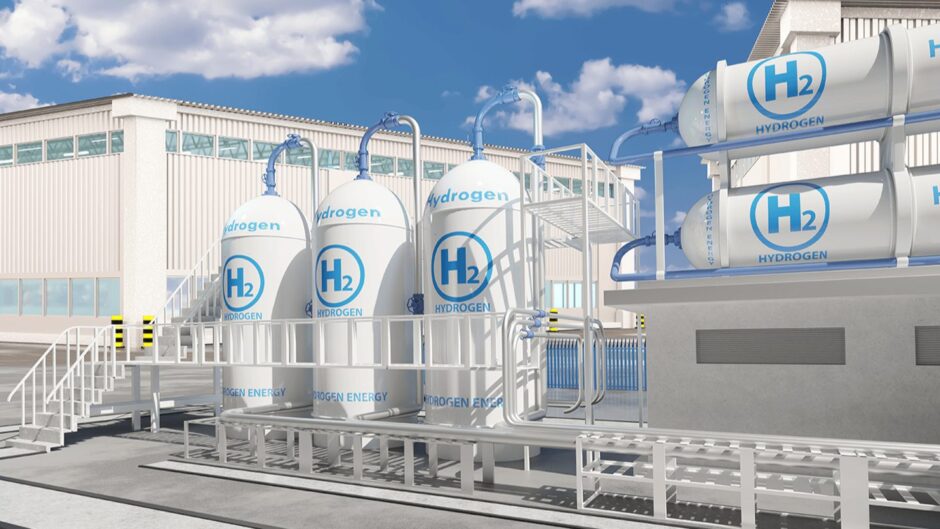
Green hydrogen has become a “premium clean fuel” due to the high cost of production, with the nascent fuel “energy intensive but expensive” and increasingly valuable as an energy store, according to UK National Infrastructure Commission commissioner Nick Winser.
Speaking at the Aurora Hydrogen Conference in London on Wednesday, Winser said industry would need to think carefully about where green hydrogen sits in the energy mix, describing the low-carbon fuel as a premium fit compared to cheaper alternatives, and not always the default option due to cost.
Winser added that green hydrogen could also be considered an “inter-seasonal storage vector”, which would become critical in the context of intermittent renewable energy.
“As we move to an energy system dominated by renewables and more electricity use, inter-seasonal storage becomes absolutely critical,” he said. “Taking that premium fuel source that is hydrogen and thinking about the alternatives to long-duration storage, it looks like that’s by far the best option.”
The second National Infrastructure Assessment (NIA), in which Winser was involved, found the UK would need at least 8 TWh of hydrogen storage capacity by 2035. To deliver this, there is a need for “support mechanisms”, the commissioner said.
Winser carried out an analysis of the UK’s energy system and was eager to highlight the appeal of the strategic spatial energy plan (SSEP). The August letter from the Department of Energy Security and Net Zero (DESNZ) to National Grid ESO was a recognition of such planning.
Top of the list of priorities will be expanding ways of using Scottish renewables generation.
Expanding hydrogen production – and a large diameter pipeline network – could provide an alternative to building out additional grid capacity. There’s a trade-off, Winser said, of “using that constrained opportunity to generate hydrogen” and incorporating those projections into the SSEP.
Barriers to demand
Adding to the pragmatic sentiment, Aurora advisory principal Frederik Beelitz told the conference that the industry had “reached peak hype in the hydrogen sector and now we’ve reached the point of realism”.
Beelitz said the main obstacle for green hydrogen offtake for early adopters was the differential between offtakers’ willingness to pay and expected hydrogen prices.
He highlighted the slowdown in new electrolyser projects, with only 4 GW of projects having been announced in Europe this year – a marked drop from previous years – with a key reason for the slowdown being uncertainty of demand.
Aurora expects industry to play a central role in ramping up the hydrogen economy in the short to medium term – specifically refineries, ammonia production and steelmaking. These are existing H2 offtakers and/or expected to receive green subsidies or face penalties for carbon emissions.
Earlier this month Energy Voice reported that, nine months after the UK government allocated £2 billion to green hydrogen projects, industry had raised concerns about delays and regulatory hurdles – putting the bids that succeeded in winning funding projects at risk.
According to Aurora’s research, the main barrier to securing demand is the gap between the willingness to pay and projected cost of production. While this depends on a range of factors, including the EU emission price, additional incentives of up to 7 €/kg will be needed to accelerate a switch to green hydrogen.
Finally, carbon pricing and target-setting instruments as part of RED III implementation offer opportunities to close that gap and secure early uptake, Beelitz said, adding:
“High trajectory EU ETS prices, penalties similar to those set in RefuelEU SAF targets and GHG quotas priced at the penalty level are policy instruments that can incentivise an accelerated switch to green hydrogen.”
